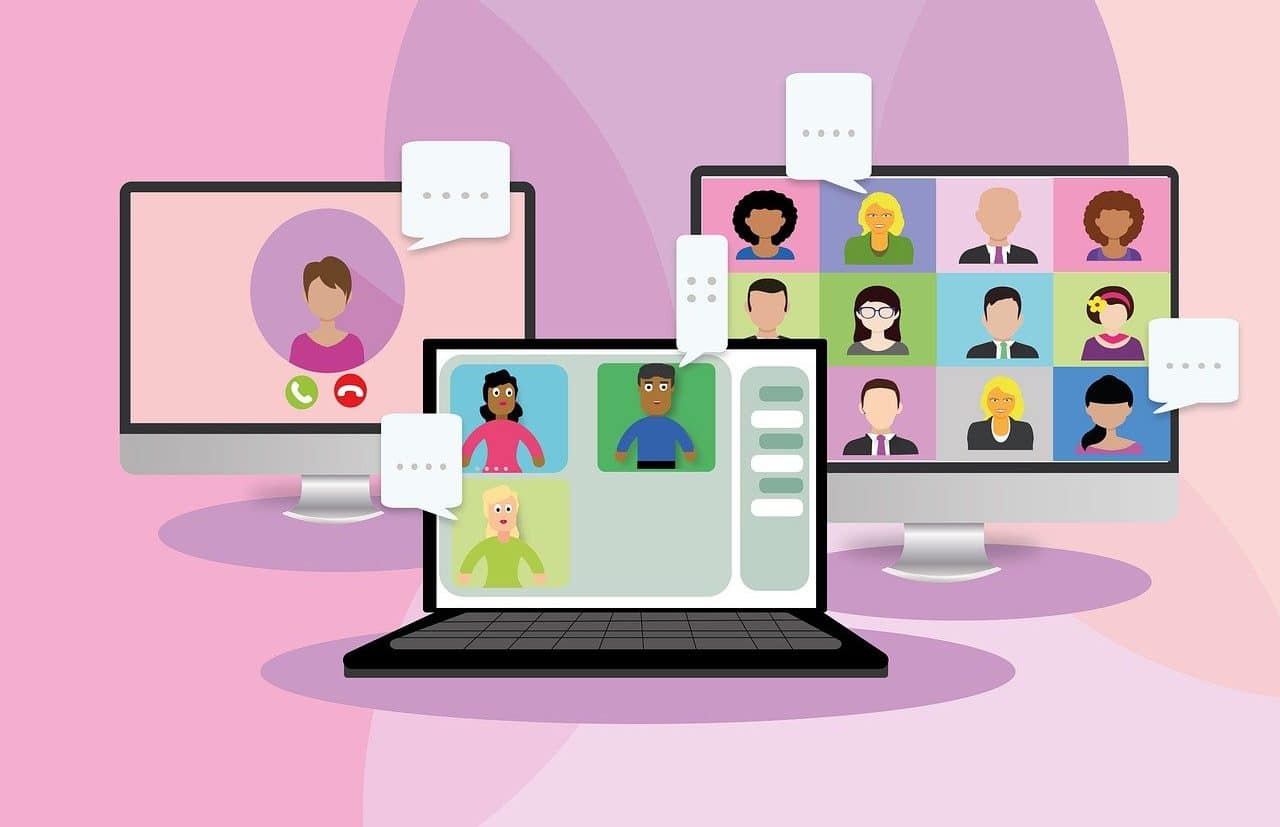
Teacher training in technology is essential to promote digital literacy.
Digital literacy is the aptitude or skill of an individual to perform tasks on the Internet or using computer resources . It is currently considered that this type of training is essential to develop culturally, socially and professionally.
The State, therefore, has the responsibility of promoting digital literacy . Technological education must be included in public training proposals to promote the integration of all people and reduce inequalities in society.
Importance of digital literacy
Digital literacy is essential in today's world. Computer skills and mastering web navigation are required to request medical appointments, manage a bank account or complete paperwork at a state office, to name a few possibilities. Digital competence also allows you to communicate through social networks, send an email or carry out an online search, among many other actions that are everyday today.
Those who are not qualified to complete these activities are not in a position to fully integrate into their community. Without basic training in ICT (Information and Communication Technologies) , the person in a certain way is left out of society.
Of course, in addition to ICT training, an Internet connection and the availability of a smartphone or computer are required. Otherwise, the virtual universe will remain inaccessible.

Promoting digital literacy allows more people to train with MOOCs (Massive Open Online Courses) and other resources.
Basic skills
It is important to note that literacy involves teaching a subject to read (understand the meaning of what is written) and write (express thoughts through letters that are traced on a surface). Both actions (reading and writing) are essential to interact with others and receive and transmit information .
The idea of digital literacy, in this framework, is associated with the mastery of certain computer tools and services that are considered basic . With the massification of the Internet and the proliferation of mobile devices, various digital resources are present in everyday life: without knowledge about them, it is impossible to perform various tasks, complete procedures or even communicate effectively.
Although there is no specific or concrete list of computer programs and online services that should be included in a digital literacy plan, it is clear that knowing how to use office tools is essential in both the professional and academic fields. All people are expected to know how to use, at least in a primary way, a word processor and a spreadsheet.
Among the operating systems used on computers, Microsoft Windows is present on about 70% of computers. That is why it is almost unavoidable to know how it works.
Managing design tools, content managers, instant messaging systems and videoconferencing platforms are other skills that, to a greater or lesser extent, are included in digital literacy.

Digital literacy is necessary to promote access to virtual learning environments.
Types of digital literacy
You can differentiate between three types of digital literacy according to the level of skill achieved. There is, in this sense, a first basic level that is reached when the person learns to use technological resources .
Once you have knowledge about its use, you can move on to the next level of digital literacy, associated with understanding its use . At this point the subject understands the effects or consequences of digital practices, being able to use them to their advantage.
Finally we reach the higher level that is related to content creation . The user can no longer only access and understand information, but is also prepared to process and transmit it.
Take care of security
It cannot be failed to mention that digital literacy helps take care of cybersecurity . As you acquire knowledge about computer tools, you also learn about the risks of use.
Protecting privacy online , for example, is imperative to avoid becoming a victim of different types of crime. Thus, those who do not know how to identify a secure website or who do not understand the danger of disseminating personal information on social networks, for example, are very exposed.
Digital literacy according to UNESCO
According to the United Nations Educational, Scientific and Cultural Organization ( UNESCO ), digital technologies are a "social necessity" to ensure education as a human right. Thanks to them, inclusion is promoted, learning alternatives emerge and educational quality is improved.
With this in mind, UNESCO seeks to promote digital literacy, targeting both students and educators. The organization maintains that digital technologies should be considered as a common good , which is why States have to design and implement plans at the national level to stimulate digital learning.
It should be noted that UNESCO also encourages media literacy and information literacy in conjunction with digital literacy. In this way, it hopes that citizens can navigate safely and responsibly, using information with a critical spirit and contributing to making the information ecosystem reliable.
